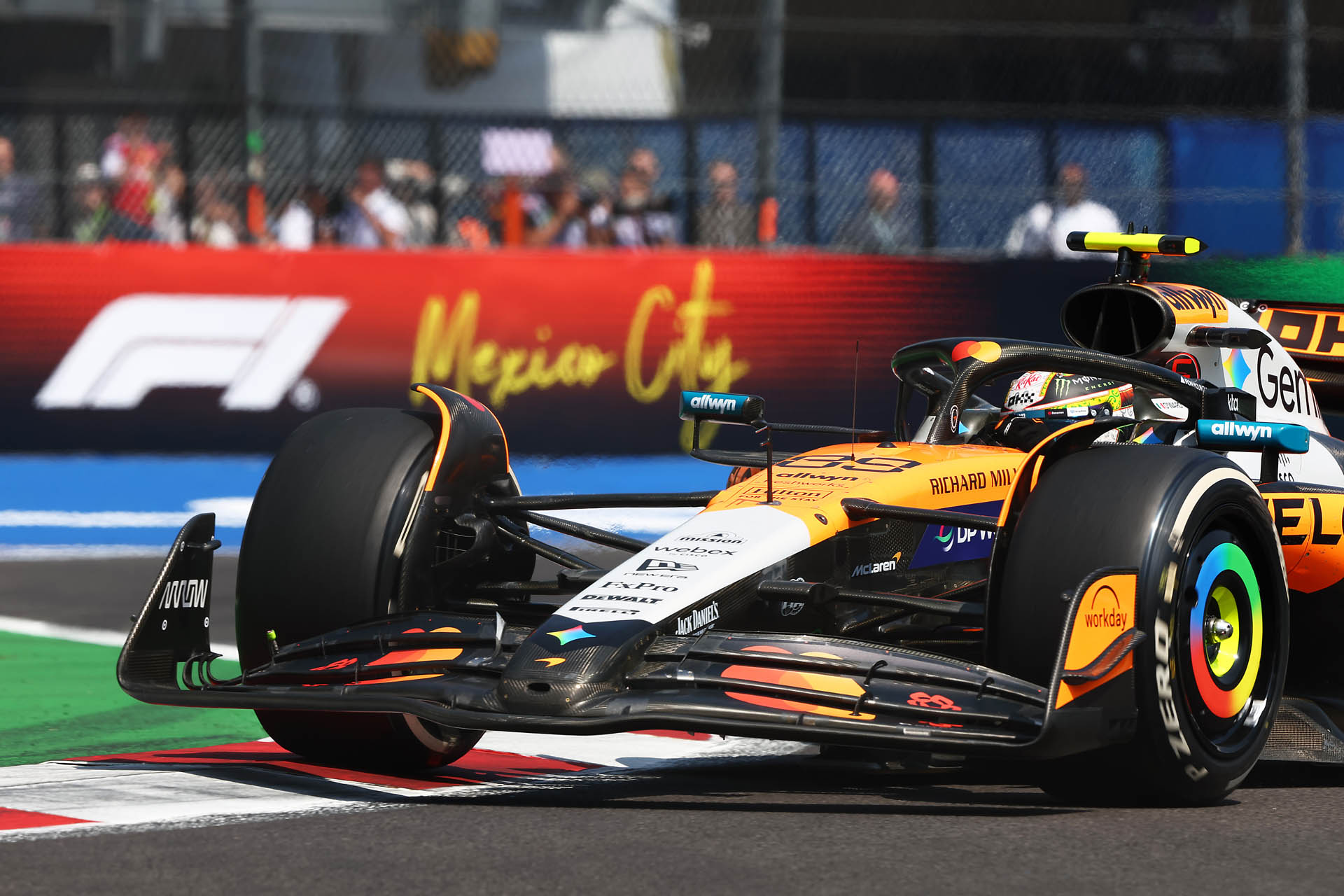ChoiceOne Financial Services (COFS) has posted average annual earnings growth of 0.9% over the past five years, but the latest results reflect net profit margins dropping to 13% from 27.2% a year ago. The company also recorded a significant one-off loss of $17.7 million in the last 12 months, weighing on reported numbers. Despite the margin pressure and recent loss, analysts project robust earnings growth of 28.9% per year, which is well above the expected pace for the broader US market. However, revenue growth is forecast to trail overall industry trends.
See our full analysis for ChoiceOne Financial Services.
Next, we will see how the numbers compare to the most widely held narratives in the market and where investors might want to challenge their assumptions.
Curious how numbers become stories that shape markets? Explore Community Narratives
-
The $17.7 million one-off loss in the past year directly reduced net profit margins to 13%, a significant drop compared to the prior year’s 27.2%. This occurred even as revenue is projected to rise moderately at 6% per year.
-
Bulls would normally argue that strong earnings growth projections support resilience even after setbacks. However, projected 28.9% earnings growth now coexists with worsened profitability metrics linked to the recent large loss.
-
Robust forward earnings expectations surpass the overall US market. At the same time, the impact of such a major non-recurring loss invites questions about the underlying quality of these projected gains.
-
While optimism surrounds future growth, the margin reversal and sizable loss may test bullish confidence if similar surprises continue.
-
-
At a price-to-earnings ratio of 32.5x, COFS trades at a much higher level than both the peer average of 9.7x and the US Banks industry average of 11.2x. This indicates the stock is valued at a notable premium versus comparables.
-
Critics highlight that, while discounted cash flow valuation suggests a substantial 54% gap between the current $30.59 share price and the DCF fair value of $66.35, the sharp premium on the P/E ratio compared with industry standards creates tension for anyone concerned about overpaying for future growth.
-
The current P/E multiple implies very high expectations are already priced in, even with forecasted earnings expansion.
-
This valuation disconnect prompts cautious investors to question whether predicted growth justifies paying so far above both company peers and the sector as a whole.
-






